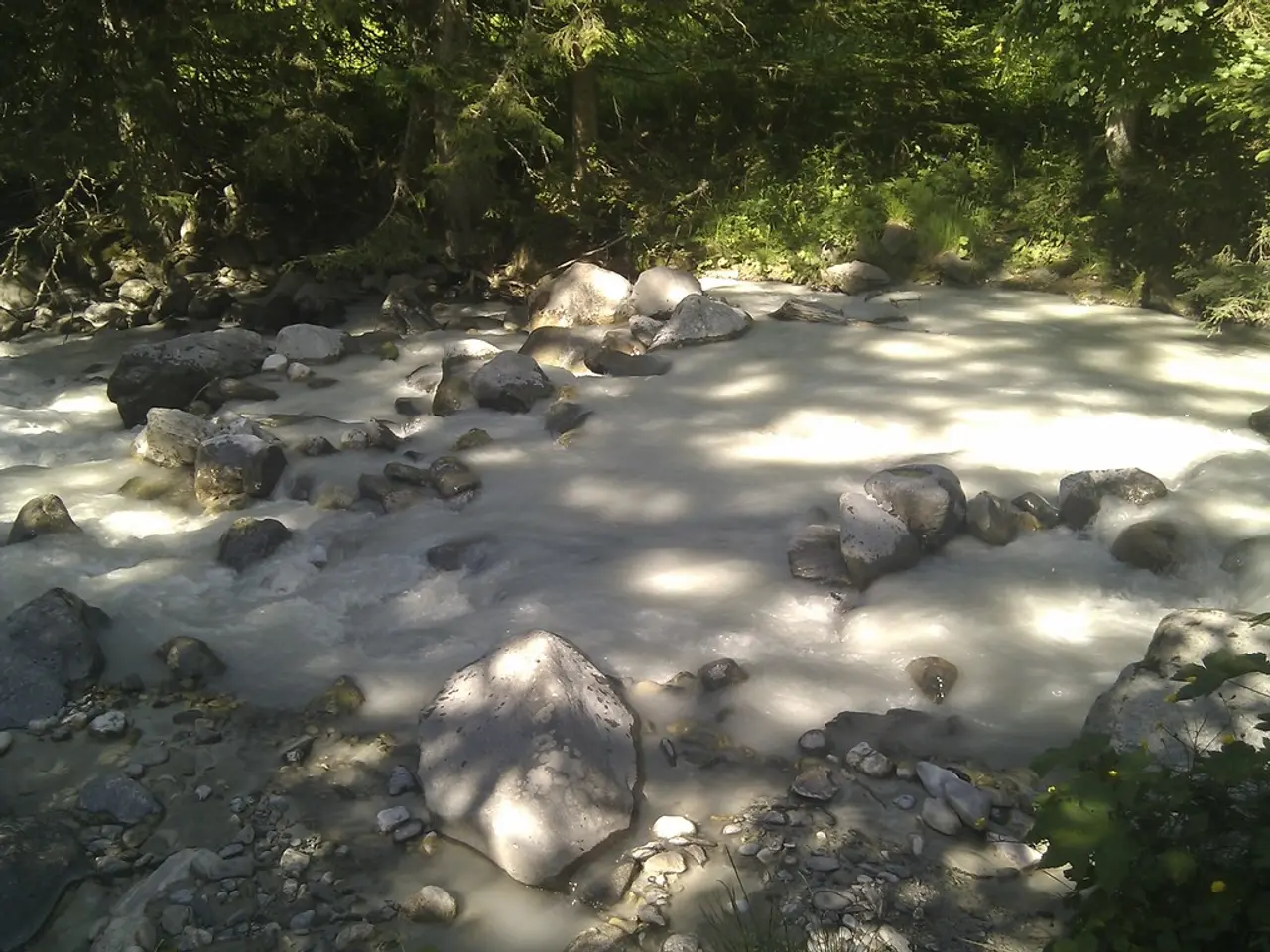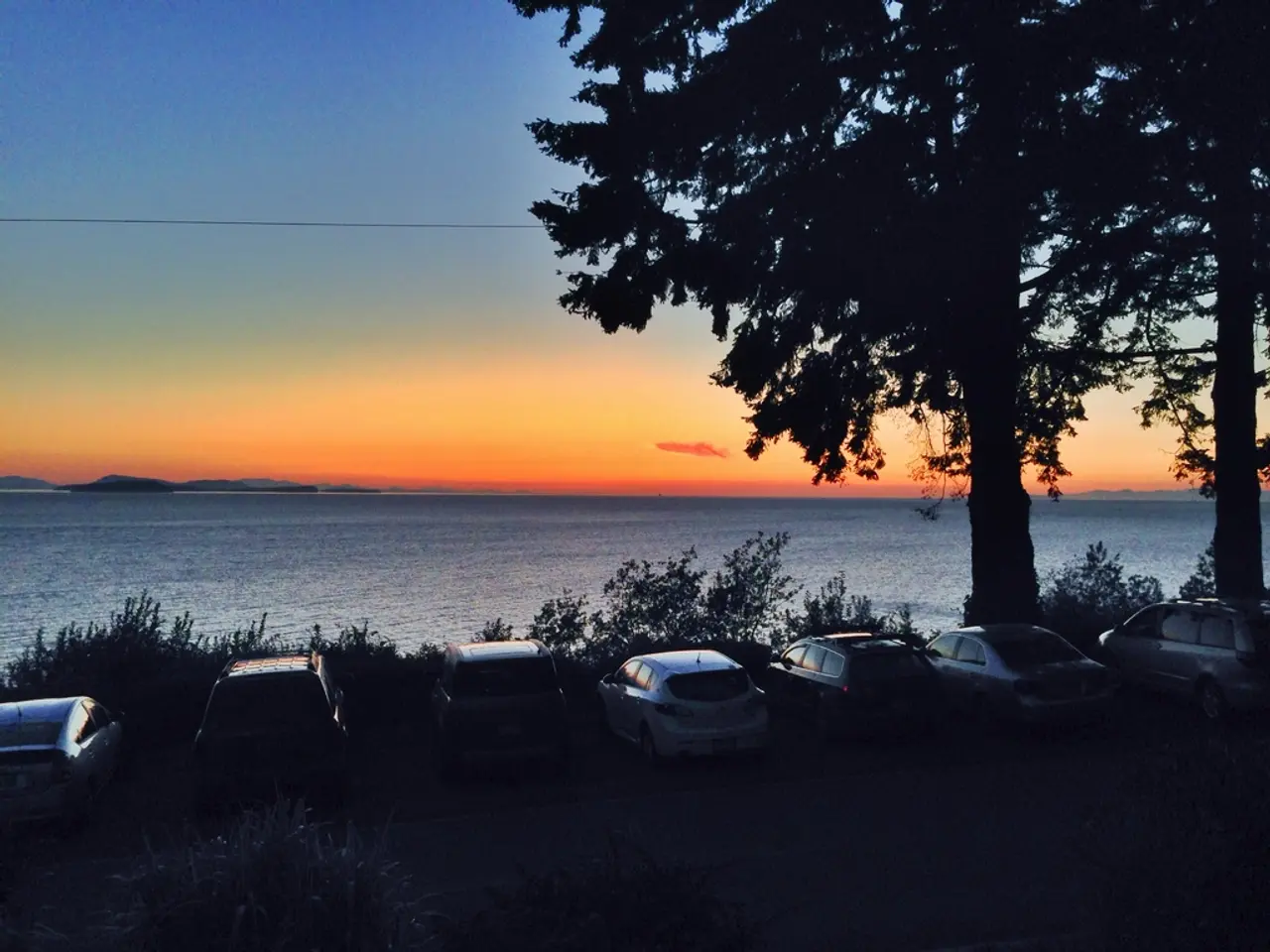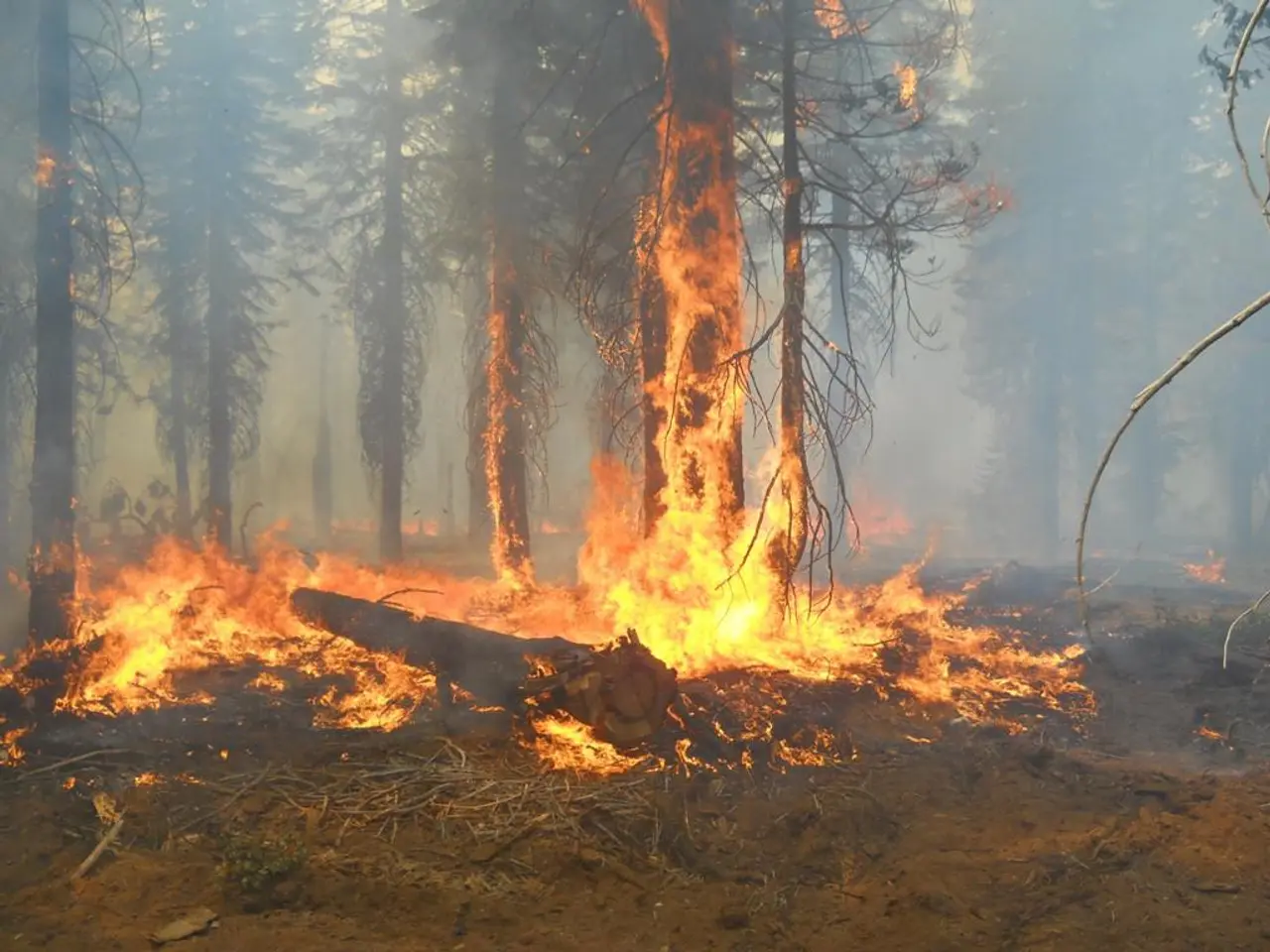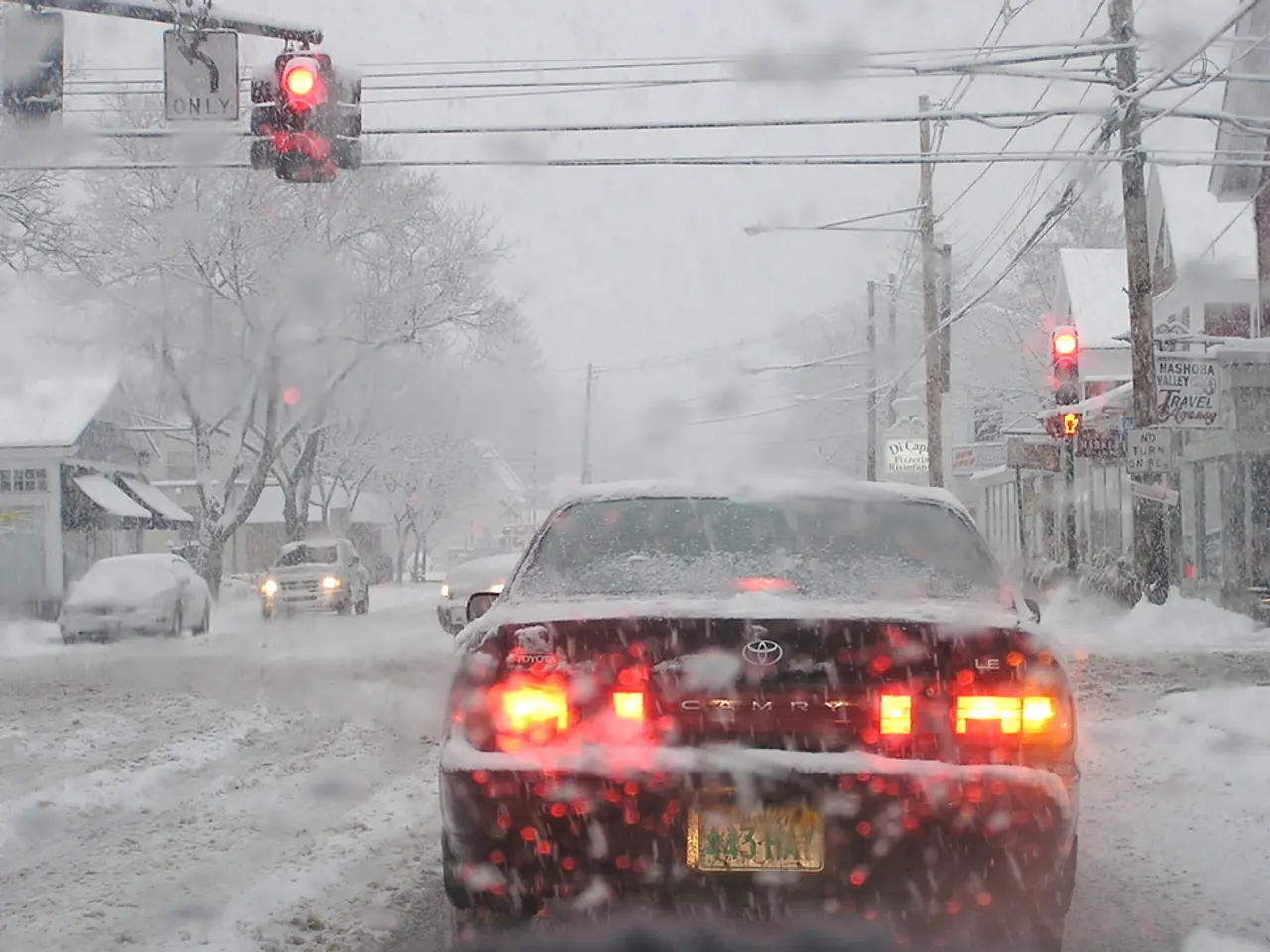Investigating the Root of Texas's Flooding Crisis
Central Texas Flash Floods: A Deadly Interplay of Meteorology and Geology
In July 2025, Central Texas was hit by one of the deadliest flash floods in recent U.S. history. The disaster was primarily caused by extreme, intense rainfall rates combined with local geological factors that amplified the flooding impact.
The New York Times published a pair of maps to illustrate the relationship between rainfall intensity, rock permeability, and flooding in the affected area. The visualization, presented in July 2025, underscores how both meteorology and geology shaped the scale of the disaster.
The left map shows cumulative rainfall, with areas receiving over ten inches of rain shaded in darkening teal. The right map uses light orange to show more permeable sands and gravels, and pale purple to mark less permeable rock like limestone and dolostone.
The torrential rainfall reached 2–3 inches per hour, with some locations receiving over 20 inches (around 516 mm) of rain in just a few hours. This extreme rainfall was driven by a mesoscale convective vortex enriched with tropical moisture remnants from both Atlantic Tropical Storm Barry and eastern Pacific sources.
Geologically, Central Texas's Hill Country region features steep, rugged terrain with thin, rocky soils. These conditions limit water absorption and promote rapid runoff into rivers and streams such as the Guadalupe River. The area's topography, with narrow valleys and canyons, concentrates and channels floodwaters swiftly, leading to rapid rises in river levels.
The combination of extraordinary rainfall intensity and the local geology—characterized by steep slopes, poor infiltration, and narrow river valleys—resulted in catastrophic flash flooding. This led to the highest casualty count in an inland U.S. flood since 1976, including over 130 deaths concentrated significantly in Kerr County and tragic losses at locations such as Camp Mystic on the Guadalupe River.
The right map in the visualization underscores how geology played a significant role in shaping the scale of the disaster in Central Texas. The light orange areas on the right map indicate regions with more permeable sands and gravels, which may have contributed to less severe flooding in those areas. Conversely, the pale purple areas represent regions with less permeable rock, which likely exacerbated the flooding.
The maps, created using data from NOAA and the US Geological Society, serve as a powerful tool to understand the interplay of meteorology and geology in causing natural disasters. They visually illustrate the spatial correlation between the heavy rainfall zones, steep terrain, and the devastating flood impacts along the Guadalupe River watershed in Central Texas, highlighting how these geographic and meteorologic factors converged to produce one of the deadliest flash floods in recent U.S. history.
- The visualization, present in July 2025, utilized data from NOAA and the US Geological Survey to create maps that demonstrate the interplay between meteorology and geology, revealing how the changing weather patterns due to climate change and environmental science influenced the extreme rainfall and subsequent flash floods in Central Texas.
- In the aftermath of the disaster, researchers examined the relationship between weather patterns, geology, and the impact of climate change on the environment, seeking ways to apply artificial intelligence and data science to better predict and mitigate similar events in the future.
- As the consequences of climate change become increasingly apparent, it is essential for scientists in both weather forecasting and environmental science to collaborate and consider the broader impacts of their research, ensuring that decision-makers have access to comprehensive and accurate data to help mitigate the risks of future natural disasters.







